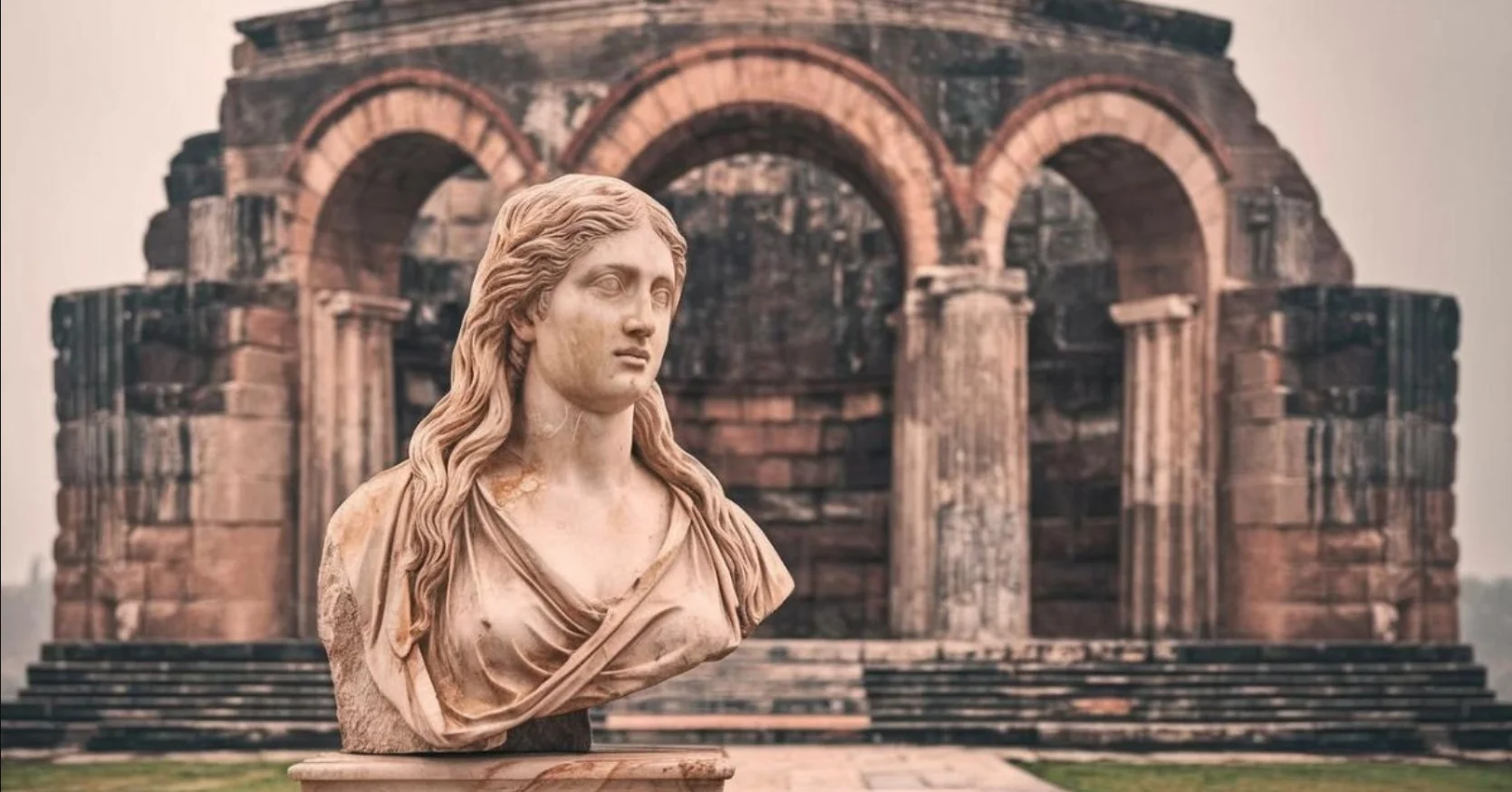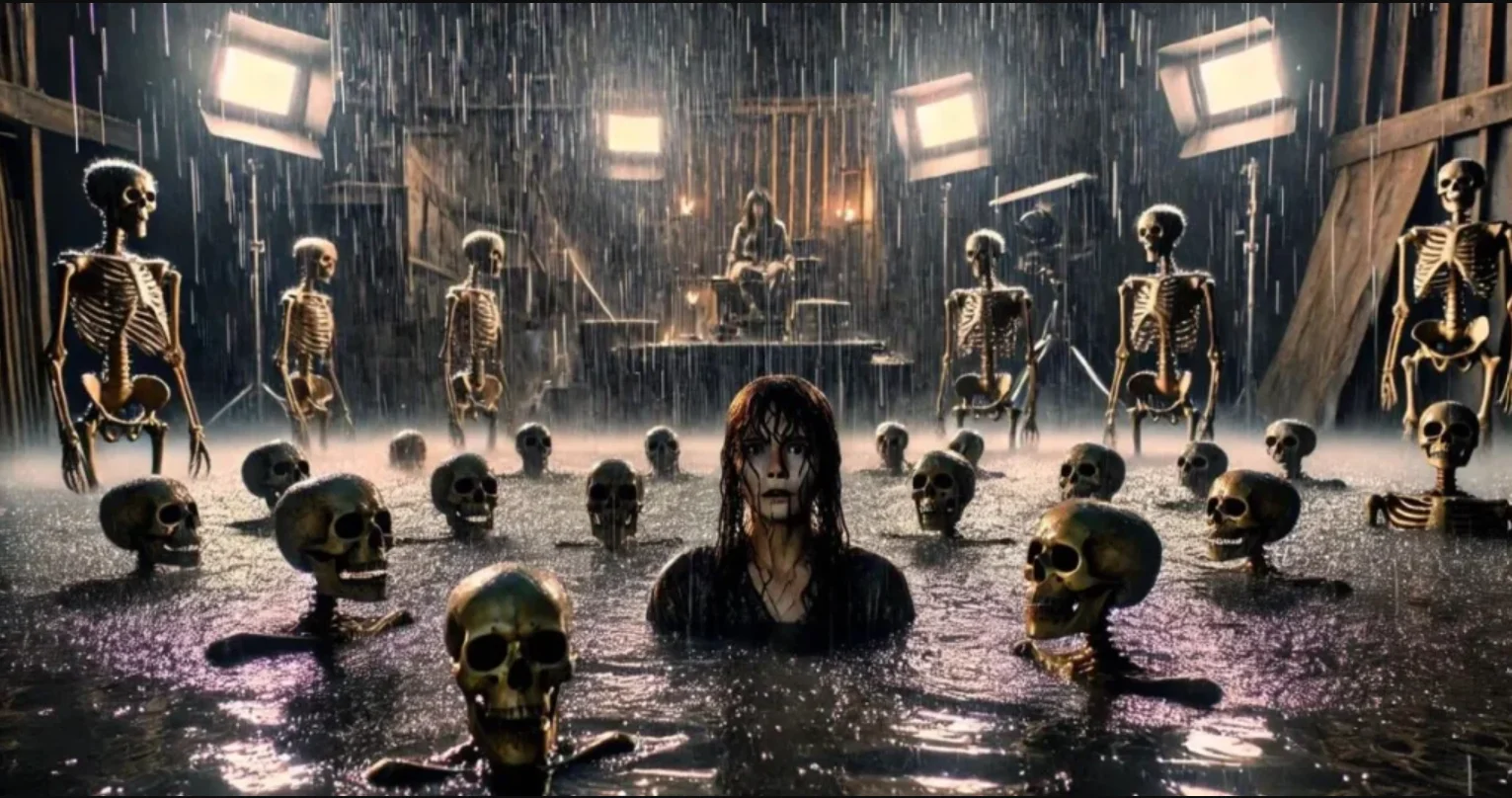When most people think of iconic New York City landmarks, towering skyscrapers and the Statue of Liberty often come to mind. Yet, nestled in the heart of Greenwich Village stands a structure that speaks not of size, but of meaning—the Washington Square Arch. More than just stone and symmetry, this monument encapsulates the ideals, history, and enduring spirit of a city that thrives on change yet reveres tradition.
This article offers an in-depth look at the Washington Square Arch, its fascinating backstory, cultural resonance, and the ways it continues to shape the narrative of urban public life. Whether you’re a curious visitor, a local historian, or simply a lover of meaningful architecture, there’s something here for you.
The Origins of a Symbol
Constructed in 1892, the Washington Square Arch was designed by architect Stanford White to commemorate the centennial of George Washington’s inauguration as the first President of the United States. Originally a temporary structure made of wood and plaster, it was so beloved by the public that a permanent marble version soon followed.
White modeled the arch after the Arc de Triomphe in Paris, but its meaning was distinctly American. Unlike its European counterpart, which celebrates military triumphs, the Washington Square Arch marks democratic beginnings and philosophical ideals. It’s less a monument to conquest, and more a tribute to unity, leadership, and the possibilities of a young republic.
An Anchor in Greenwich Village
Positioned at the northern entrance of Washington Square Park, the arch functions as both a literal and metaphorical gateway to Greenwich Village—an area historically known for its avant-garde culture and progressive movements. The structure itself serves as a marker of change, protest, and expression.
In the 20th century, Washington Square Park became a center for artists, writers, and musicians. From beat poets to political activists, many passed beneath the arch en route to shaping counterculture movements that rippled across the nation. Even today, the park remains a gathering point for public demonstrations, performances, and spontaneous conversations—often framed by the arch as a silent witness.
Design Elements That Speak Volumes
The design of the Washington Square Arch is rich with symbolism and artistry. Crafted from Tuckahoe marble, it features intricate carvings and reliefs that honor George Washington not as a warrior, but as a statesman.
Two notable sculptures adorn the arch: one depicts Washington in military attire, representing his leadership during the Revolutionary War, while the other shows him in civilian dress, emphasizing his role in shaping the democratic foundation of the United States. These dual depictions subtly remind onlookers of the balance between power and service—an ideal still relevant in contemporary civic life.
Architecturally, the arch stands 77 feet tall and 30 feet wide, and its grandeur is amplified by its placement in the open space of Washington Square Park. The open archway not only frames Fifth Avenue but also invites contemplation, providing a view that stretches all the way to the Empire State Building. This alignment connects the historical with the modern, the intimate with the expansive.
The Arch as a Cultural Compass
The Washington Square Arch is more than a landmark—it’s a cultural barometer. Over the decades, its surroundings have evolved, but the arch itself remains a constant reference point. Film directors, authors, and artists have used it to signal authenticity, rebellion, and identity.
For instance, it’s been featured in films like When Harry Met Sally and in numerous literary works that explore the soul of New York. Its presence often denotes a turning point, a place where characters confront truth or choose new directions. This recurring motif in storytelling speaks to the emotional weight the arch holds in the public imagination.
Why the Washington Square Arch Still Matters
In a time when urban spaces are increasingly defined by commercial interests and rapid development, the Washington Square Arch remains a Public Treasure. It is open, accessible, and intimately tied to the social dynamics of its community. It’s not locked away behind museum walls or dwarfed by corporate buildings—it stands where people live, speak, gather, and grow.
This accessibility makes it a vital part of the urban experience. You don’t need a ticket to appreciate its design or a lecture to understand its message. It invites everyone—students, tourists, long-time residents—to pause and reflect. Its grandeur doesn’t alienate; it engages.
A Living Dialogue Between Past and Present
One of the most compelling aspects of the Washington Square Arch is how it continuously generates dialogue between history and present-day realities. Its stone exterior may seem fixed, but the stories it inspires are in constant motion. Activists today march under the same arch that once stood silent witness to protests against the Vietnam War. Modern artists perform at its base just as their predecessors did in the bohemian 1950s.
Rather than merely preserving the past, the arch functions as an active participant in contemporary life. It bridges eras not through static symbolism, but through its enduring relevance in debates around democracy, public space, and cultural identity.
Where Do We Go from Here?
The Washington Square Arch is more than just a monument—it is a living artifact that reflects the ever-changing story of a city and its people. As urban development accelerates and public spaces come under pressure, what lessons can this 19th-century arch teach us about community, identity, and resilience?
Perhaps the most enduring power of the Washington Square Arch lies in its simplicity: it stands firm, framing the future even as it honors the past.
For more insights on America’s most iconic landmarks and the stories behind them, visit MagazinUnion.com—where history meets perspective.





